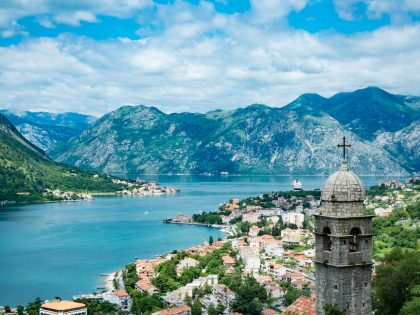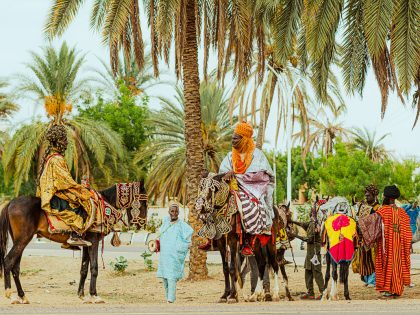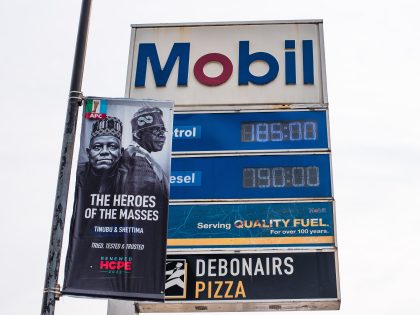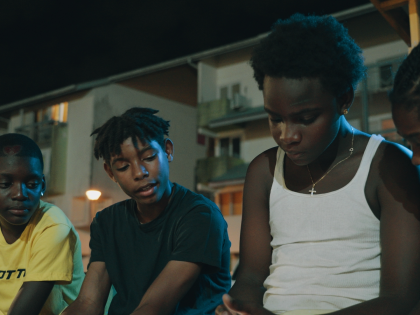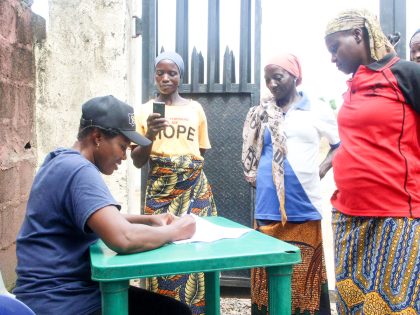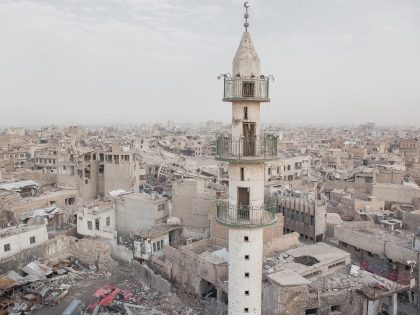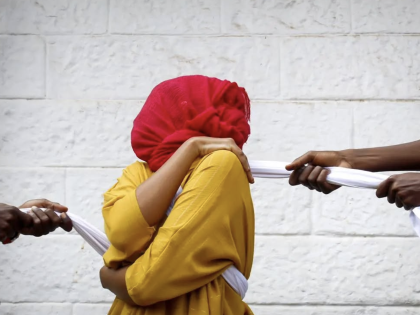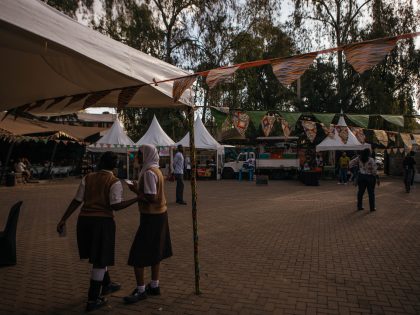I Remember Black Pete
Blackface character, Zwarte Piet, is celebrated in Europe's Low Countries. The author writes about a childhood with Zwarte Piet in Belgium.

Regionaal Archief Alkmaar, via Flickr CC.
As a child, I never believed in Santa Claus. I believed in Saint Nicholas and Zwarte Piet (Black Pete). I remember waking up as a child on December 6, 1983, three hours before daybreak. I also remember waking up early on December 6 for years afterwards. Always early, always too excited to go back to sleep the night Saint Nicholas came by our house. Over the years, I got to share this rush of euphoric anxiety with my two younger brothers. We would be jumping on our beds, calling our parents, yelling out to ask whether it was time yet. They were never amused. My brothers and I knew there was no way we could pussyfoot downstairs into the living room to see which presents He had left us. Because each year, Saint Nicholas’s black servants, those sneaky Black Petes (‘Zwarte Pieten’) would have locked the room’s door on their way out. My parents held its only key.
You know Black Pete?
I remember sitting in our classroom when there was a sudden banging on the window. I would first see a pair of gloved hands throwing candies against the glass. Next thing we knew, the classroom’s door would be flung open, and in stormed two Black Petes, spraying the floor with marzipan cookies. We all dove under our desks, grabbing as many sweets as we could fill our mouths with. The Black Petes then ordered us to follow them. We rushed out in total chaos: there’s no way the teacher could hold us back.
Although he was a ubiquitous feature in my childhood, in 2011, Black Pete stands in the docks, again, charged of blackface, and all the attendant racism attached to cultures that employ this form of costumery to evoke what they imagine to be attached to ‘blackness’. Why, Black Pete’s accusers ask, can we possible be tolerant toward the annual dressing up by men and women alike as curly haired, black-faced, red-lipped servants to a holy white man? Why do people in the Netherlands allow for this ritual to continue? A ritual that so bluntly flies into the face of anybody who finds the staging offensive, who considers the practice despicable; a yearly, publicly accepted rehashing of colonial stereotypes?
I remember standing in the school yard: we’re watching the Black Petes, sometimes in awe of their acrobatic skills, more often laughing at their silliness. We’re waiting for Saint Nicholas to arrive on his white horse. He’s visiting our school! We sing. The Black Petes urge us to sing louder: “He won’t come, if He can’t hear you!” We sing with even more zeal: “Please, Saint Nicholas, do come in with your servant, because we’re all sitting upright / Maybe you have some time for us, before you ride back to Spain.” (Saint Nicholas lives in Spain, Santa in the North Pole.)
Little did I know, back in the eighties, that already there were early attempts to get rid of this figure. The first official protest on record is by a woman named M.C. Grünbauer who, in 1968, thought “it no longer appropriate to continue to celebrate our dear old Saint Nicholas feast in its actual form.” While slavery has been abolished for over a century, she said, “we continue the tradition of presenting the black man as a slave. The powerful White Master sits on his horse or throne. Pete has to walk or carry the heavy sacks.”
Since the 1980s, historian John Helsloot reminds us (that’s him doing the soul-searching in the video above), it is mostly black people who try to convince the Netherlands of the offensiveness of the figure of Black Pete. Young Surinamese who emigrated to the Netherlands in those years, carrying with them the discrimination by white Dutch colonials in their home country, called out their former colonial masters over their racist ritual. Many temporary protest committees (varying from angry individuals to more organized groups) have lashed out at the practice ever since. Some of them were successful (up to the point where the Netherlands once experimented with introducing Red and Blue Petes–unfortunately, the Dutch public would have none of it), while the majority has silently disappeared from the stage.
I remember sitting in the school’s sports hall, frantically trying to think of something I might have done wrong that year, when Saint Nicholas calls my name in front of the other school kids. There were hundreds of us. Uneasily but patiently, we all wait our turns. It made for long Friday afternoons and we loved every minute of it. But if I had done something bad, I would be punished. I would be put to shame in front of my friends. Worse, I wouldn’t get my chocolate. And if I had done something really bad, Black Pete would put me in the bag he had slung over his shoulder, now void of all candy, and take me with him to Spain. It never happened. Fighting with your brothers turned out not bad enough a mischief. Nevertheless, I would hold on tightly to my candy, those afternoons, side-eyeing Black Pete.
Public attention (including a praised photo series by British photographer Anna Fox) and protests surrounding the Dutch obsession with maintaining this tradition of black caricature have come and gone over the years. So why would this year’s protests be any different? Because earlier this month, one of those small protest groups–four people does constitute a group, one of them you remember as rapper Kno’Ledge Cesare–made it online and into the national media. Planning to peacefully rally wearing T-shirts with the printed slogan ‘Black Pete is Racism’ during the annual arrival of Saint Nicholas in the Dutch city of Dordrecht, they were caught off guard by the police, abused and their unrolled banner confiscated. They were also detained by the police.
The police should have thought twice, what with those cellphones around. It didn’t take long for the images to surface on the web.
Online support for the claims of the detained group of protesters has grown since.
I concur.
Black Pete and St. Nicholas were so real to me that I remember asking myself what I would do, once in Spain, and released from the sack. And pondering how to make my way back home. But I also recall–in my third year of primary school, in that same sports hall– somebody I looked up to whispering into my ear: “He isn’t real, you know.”
That I’m writing this from Belgium–the Flemish speaking part of which has the exact same tradition; we share Holland’s language, and some history–where there is no debate around the figure of Black Pete whatsoever proves we’ve got some work to do.
That there’s not a peep against this caricature goes to show that here in Belgium, Black Pete (although we adults know that he’s not ‘real’), is very much alive. If the French, the Swiss, the Germans and the Austrians can have Saint Nicholas without Black Pete, why is it that we have so much trouble letting him go?
